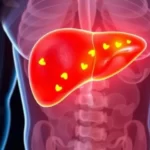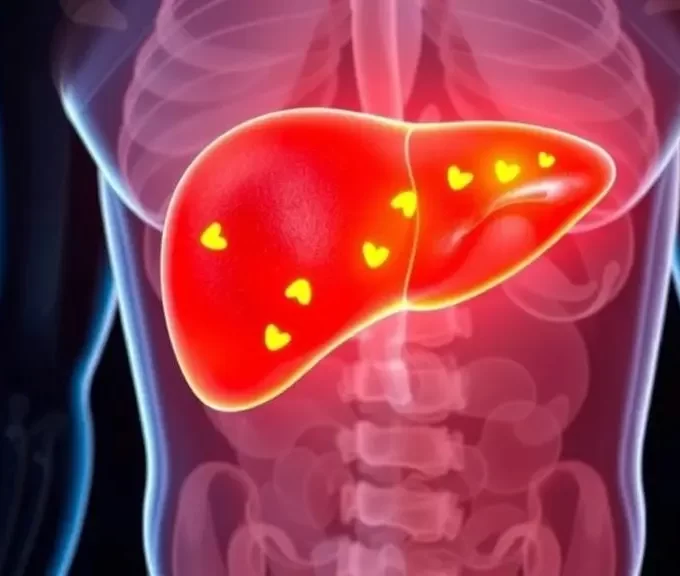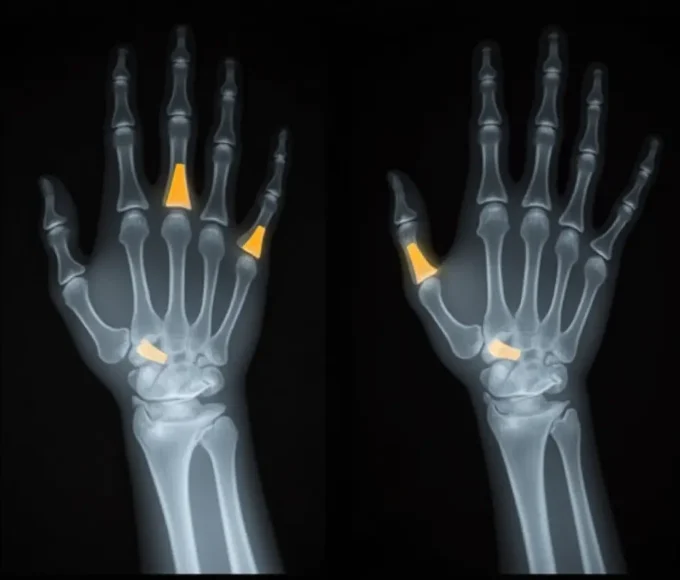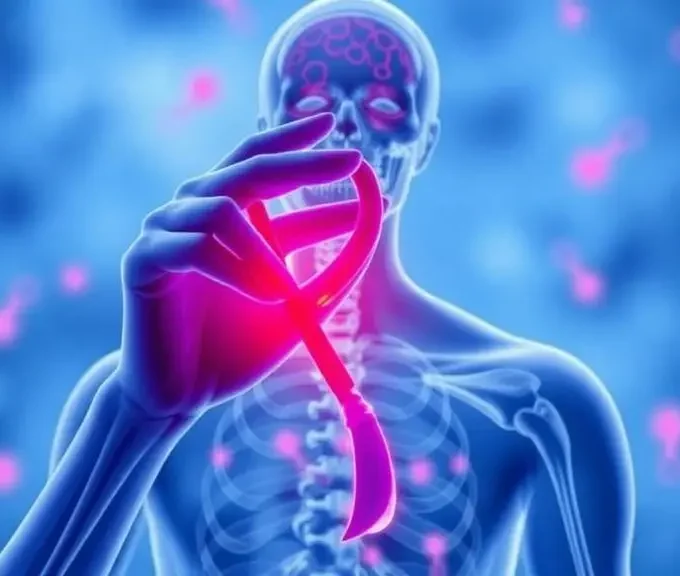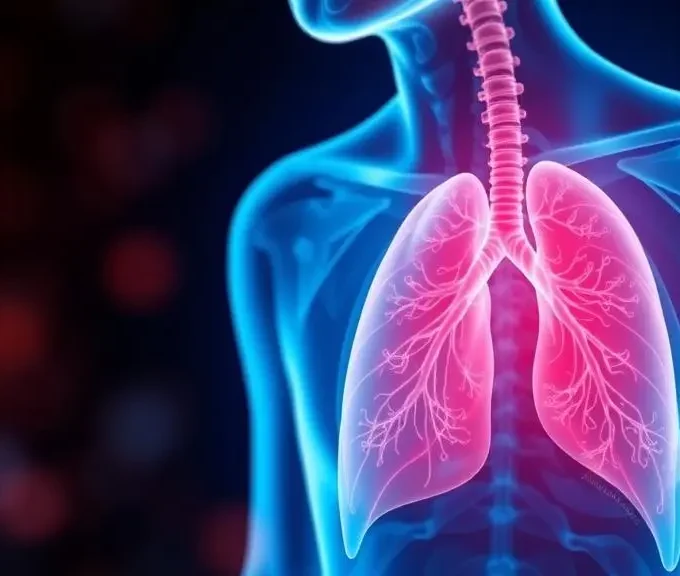Homeopathic Remedies & Homeopathy Treatment for Epilepsy
#Calcarea carbonica. [Calc]
The treatment of epilepsy should be directed to the underlying dyscrasia, as this is at fault in most, if not all, cases. Calcarea carbonica, with its rickety, tuberculous, scrofulous and flabby symptoms, its characteristic deficiency of lime assimilation, as shown in children by the open fontanelles and backward dentition, will frequently be the remedy with which to commence the treatment. The characteristic relaxation on falling asleep and the sweating of the head and neck are fine indications for its use. It has an excellent clinical record. A epileptic suffering continually from the dread of an attack will withdraw himself as much as possible from the outside world, brood over his affliction and become melancholic,and there is no other remedy so well adapted to this condition as Calcarea. Its anxiety, palpitation, apprehensive mood despondency, fretfulness and irritability, its weakness of memory, its loss of consciousness, its vertigo and convulsions are prominent and characteristic indications for its use in epilepsy. If epilepsy be caused by fright, suppression of some long standing eruption, onanism or venereal excess it will probably be one of the remedies to use in the course of the treatment, and here it would follow Sulphur well. The aura may begin in the solar plexus and pass upwards like a wave, or go from the epigastric region down to the uterus and limbs. Like Sulphur it has a sensation as if a mouse were running up the arm previous to the attacks. Causticum, too, is closely allied to Calcarea, and is indicated in epilepsy connected with menstrual irregularities and also in epilepsy occurring at the age of puberty.
#Bufo rana. [Bufo]
Epilepsy arising from fright, or self-abuse, or sexual excesses, will often find its remedy in Bufo rana. The aura preceding the attacks starts from the genital organs; even during coitus the patient may be seized with violent convulsions. In another form for which Bufo is suitable the aura starts from the solar plexus. Previous to the attacks, the patient is very irritable, often talks incoherently and is easily angered. It is especially in the sexual form, that brought on by masturbation, that Bufo is signally useful. It has also proved useful in severe cases in children where the head in the convulsion is drawn backwards. Indigo has epileptiform convulsions from the irritation of worms, but the patient must be low-spirited and sad– “blue as indigo.” It is the “bluest remedy in the materia medica.” Dr. Colby, of Boston, considers it superior to the bromides. Flushes of heat seem to rise from the solar plexus to the head and there is an undulating sensation in the brain similar to Cimicifuga. Bufo, like Nux vomica, is vehement and irritable. These two remedies and Silicea and Calcarea have the aura starting from the solar plexus. Stannum is also a remedy for epilepsy arising from reflex irritation, as from worms and also from sexual complications.
#Cuprum Metallicum. [Cupr]
Cuprum is a very deep-acting remedy, its well-known power of producing convulsions and spasms and its excellent clinical record make it a valuable remedy in epilepsy. We know positively that poisonous doses of Cuprum cause epileptic symptoms,and it is among the most curative remedies for epilepsy in child life. The convulsions start form the brain, though the aura, which is one of long duration,seems to center in the epigastrium. Owing to this long duration of the aura consciousness is not immediately lost, and the patient will often notice the contractions in the fingers and toes before they become unconscious. The face and lips are very blue, the eyeballs are rotated, there is frothing at the mouth and violent contractions of the flexors. The attacks is usually ushered in by a shrill cry and the cases are most violent and continued. It is also a remedy for nocturnal epilepsy when the fits occur at regular intervals, such as the menstrual periods. Epileptiform spasms during dentition or from retrocessed exanthema may indicate Cuprum. Dr. Halbert remarks that Cuprum will stop the frequency of the attacks more satisfactorily than any other remedy, it is his sheet anchor in old and obstinate cases. Butler also claims his best results from this remedy. Argentum nitricum is also a remedy for epilepsy, the strong indicating features being the dilated pupils four or five days before the attack, and the restlessness and trembling of the hands after the attack. Menstrual and fright epilepsies often call for this remedy the characteristic being the aura, which lasts a number of hours before the attack. Moral causes may lead to an attack. Patient is low spirited, easily discouraged and frightened.
#OEnanthe crocata. [Oena]
Perhaps no remedy in the materia medica more closely pictures epilepsy than OEnanthe. Its use in the disease has been mainly from clinical data, but there is ample proof from studying toxic cases that it is homoeopathic to many cases of epilepsy. The reliable and practical symptoms calling for its use may be summed up as follows: Sudden and complete loss of consciousness; swollen livid face; frothing at the mouth; dilated or irregular pupils; convulsions with locked jaws and cold exremities. Dr. S. H. Talcott, of the Middletown State Hospital, summed up his experience with the remedy as follows: 1. The fits decrease in number 40 to 50 per cent. 2. The convulsion are less severe than formerly. 3. There is less maniacal excitement before the fits. 4. Less sleeplessness, stupor and apathy after the fits and the debilitating effects of the attacks are more quickly recovered from. 5. The patients treated with OEnanthe are less irritable, less suspicious and less fault finding. 6. The patients are more easily cared for.The writer can add his testimony to the effect of OEnanthe in controlling attacks of epilepsy. It seems to act better in the 3X or 6X potency than in the tincture. Cases of cure of the disease are becoming more numerous. Artemisia vulgaris is another remedy which has been successfully used for epilepsy from fright or some mental emotion, where the attacks occur in rapid succession, and also in petit mal, where the patient is unconscious only for a few seconds and then resumes his occupation as if nothing had happened. Artemisia absinthium indicated in seizures preceded by vertigo, a warm sensation rising from the stomach, and by a slight impairment of speech, and Solanum Carolinense are also remedies which in some cases have wrought cures, the latter according to Dr.Halbert, of Chicago, also praises it. Melancholia seems to be an indication and also attacks appearing at menstrual periods. Verbena hastata is also recommended, but no special indications are to be found.
#Kali bromatum. [Kali-b]
This remedy should have no place in the homoeopathic treatment of epilepsy; it is given here because it is the principal drug employed by the allopathic school, and because nearly all cases coming to us for treatment from old school hands are liable to be complicated by a previous treatment with the bromides, notable the Bromide of Potash. It is not a curative remedy, but a palliative one; it strikes at the attack and not the disease. It will often modify the attacks, and used as a prophylactic may avert the seizure, but its prolonged use works inevitable harm. It weakens the mental faculties and hastens imbecility. Camphora is useful to prevent the attacks, shorten the duration and lessen the intensity. It is indicated by all the characteristic of epilepsy and hence is a safer prophylactic than the Bromide of potash. Camphora, Nux vomica and Zincum are mentioned as antidotes for the abuse of the Bromide of Potash. Bromide acne is often present in cases coming to us from old school hands.
#Silicea. [Sil]
Silicea is one of our most valuable remedies in epilepsy. It suits especially scrofulous and rickety subjects. The aura starts from the solar plexus , as in Bufo and Nux vomica. Certain phases of the moon are said to affect the attacks, which are brought on by an overstrain of the mind or emotions. Nocturnal epilepsy, feeling of coldness before an attacks is also characteristic of the drug, and the fit is followed by warm perspiration. Cuprum is also a remedy for nocturnal epilepsy and must be thought of when attacks invariably occur in the night. When Silicea is required there is an exalted susceptibility of the upper spinal cord and the medulla and an exhausted condition of the nerves. The attacks occur about the time of the new moon. It comes in after Calcarea in inveterate chronic cases, and coldness of the left side of the body preceding the attack is very characteristic.
#Nux vomica. [Nux-v]
The characterizing feature of epilepsy is loss of consciousness, therefore, Nux vomica is not often a remedy in the idiopathic form. It suits cases arising from an excess of the reflex action caused, for instance,by indigestion. The aura in a case calling for Nux starts in the solar plexus, and among the most characteristic symptoms is a sensation of ants crawling over the face. The middle and higher potencies will be found more useful in the spinal form of epilepsy, and this is the form most suitable to Nux. Plumbum has caused epilepsy, and we may use it for these symptoms: the attack is preceded by a heaviness of the legs and is followed by paralysis; epileptic seizures from sclerosis, or from tumors of the brain, consciousness returning slowly after an attack is another indication and it is more suitable to the chronic forms of the disease. Constipation and abdominal pains further indicate. Secale is recommended for sudden and rapidly recurring convulsions, with rapid sinking of strength and paralysis of the spinal nerves.
#Cicuta virosa. [Cic]
The indications for cicuta are sudden rigidity followed by jerks and violent distortions, and these followed by utter prostration. The prostration is characteristic, being equaled only by that of Chininum arsenicosum. There is a tonic spasm renewed by touch simulating Strychnia; but in Cicuta there is loss of consciousness , thus resembling more the epileptiform. There is great oppression of breathing, lockjaw, face dark red, frothing at the mouth and opisthotonos. The reflex excitability under Cicuta is much less than under Strychnia. Another characteristic of Cicuta is fixed staring eyes; others are trembling before and after the spasm and strange feeling in the head preceding the attack. Bayes, however, regards muscular convulsions as a specially prominent symptom for Cuprum.
#Sulphur. [Sulph]
Like Calcarea, Sulphur is a constitutional or basic remedy, and it will act well where there is a scrofulous taint. It is useful for the same class of cases as is Calcarea; namely, those brought on by sexual excesses or the suppression of some eruption. The convulsions are attended with great exhaustion and it is suitable to the chronic form of epilepsy in children who are typical Sulphur patients. There is perhaps a tendency to fall to the left side. Sulphur is also a useful intercurrent remedy in the course of the treatment of an epilepsy. Psorinum may also be needed as an intercurrent.
#Hyoscyamus. [Hyos]
In epileptic convulsions Hyoscyamus is a most valuable remedy. There is much twitching and jerking and hunger previous to the attack, there is frothing at the mouth and biting of the tongue. A violent fright will produce an attack that will call for Hyoscyamus. The convulsions seem to have more of a hysterical nature, and there are illusions of sight and hearing. Stramonium has epilepsy from fright, sudden loss of consciousness and jerking of the head to the right, with rotary motion of the left arm. Stramonium is the opposite of Belladonna, for whereas the Belladonna patient shuns light, fears noises and is sensitive in the highest degree, the Stramonium patient fears darkness and hates to be alone; he acts like a coward and trembles and shakes. Agaricus 30 cured a case of epilepsy of 22 years’ standing for Dr.Winterburn. He was led to its prescription by the unusual symptom of “great flow of ideas and loquacity after the attack.”
#Belladonna. [Bell]
Belladonna is especially a remedy for acute epilepsies, when the cerebral symptoms ar prominent, where the face is flushed and the whole trouble seems to picture cerebral irritation, and more especially if the patient be young. There is an aura as if a mouse were running over an extremity, or of heat rising from the stomach. There are illusions of sight and hearing, and the convulsions are apt to commence in an upper extremity and extend to the mouth, face and eyes. The great irritability of the nervous system, the easily disturbed sleep, the startings, the tremors and twitching and the general Belladonna symptoms will render the choice easy. Atropine,the alkaloid of Belladonna, has also been used successfully in the treatment of epilepsy. Hydrocyanic acid. Another remedy is Hydrocyanic acid , to which Hughes ascribes specific powers in the disease. In recent cases it perhaps our best remedy. the cases calling for it will be characterized by loss of consciousness, clenched hands, set jaws, frothing at the mouth, inability to swallow, and the attack is followed by great drowsiness and prostration. Children are disinclined to play and take but little interest in anything. It is one of our mainstays in epilepsy and its clinical record ranks it high.
#Causticum. [Caust]
Causticum is useful in Petit mal, also when the patient falls while walking in the open air, but soon recovers. It is said to be useful when the attacks occur at new moon. It menstrual epilepsy and that occurring at puberty Causticum is the remedy. Kafka recommends Hepar in nocturnal epilepsy. Causticum is perhaps better suited to recent and light cases. Another preparation of potash, Kali muriaticum, is a most useful remedy in epilepsy; it has an affinity for the nerve centers and it is a slow acting remedy.
Related Articles
General Disease
Homeopathy for Fatty Liver: Causes, Symptoms, Remedies & Recovery
Fatty liver disease has emerged as one of the most common health...
General Disease
Buckle Fracture (Impacted): Symptoms, Causes & How It’s Treated
An impacted fracture is a type of bone fracture that occurs when...
General Disease
Homeopathy for Cancer Treatment: A Deep Dive into Holistic Healing & Hope
When someone hears the word “cancer,” it often comes with fear, uncertainty,...
General DiseaseHomeo
Lungs Cancer Explained: Symptoms, Best Treatments & Homeopathy’s Role in Recovery
Lungs cancer remains one of the deadliest and most misunderstood diseases globally....


